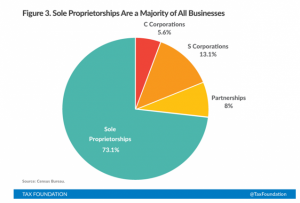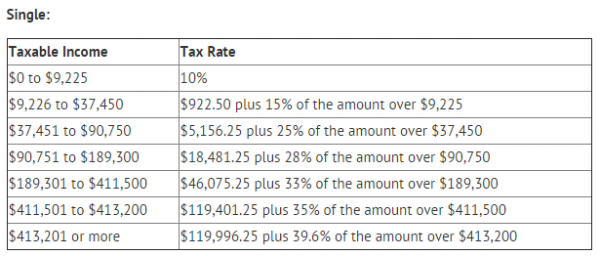 There are so many small businesses and startups out there that are struggling to get by each month and they don’t know why. They don’t know why there never seems to be enough cash in the bank account. Most of the time there are 2 possible reasons:
There are so many small businesses and startups out there that are struggling to get by each month and they don’t know why. They don’t know why there never seems to be enough cash in the bank account. Most of the time there are 2 possible reasons:
- You have a cash flow problem. You are actually profitable, but maybe it takes you 90 days to get paid for your service and you have to pay your staff every 2 weeks, so all of your profit is tied up in that working capital to cover payroll and operating expenses until you get paid.
- You are not actually breaking even. The more I work with small business owners, the more I realize that many don’t understand the concept of breakeven. They work so hard every day, but they are set up in such a way that it would be impossible to breakeven.
So in this post I want to help you understand how to calculate your breakeven point and help you understand the importance of keeping a close eye on your breakeven. There are basically two different types of breakeven calculations. A calculation for a product based business and a slightly different calculation for a service based business. Below I have an example of both:
Breakeven Calculation for a Service Business
- What $ Rate per Hour do you charge for your service = $50
- How much do you pay your staff per hour to provide the service = $25
- Gross Profit per Billable Hour = $50 – $25 = $25
- What is the total of all of your other monthly overhead costs, other than the labor cost for the staff providing the service = $5,000
- Number of billable hours needed per month in order to breakeven = $5,000 divided by $25 = 200 hours
Breakeven Calculation for a Product Business
- What price do you sell your product per unit = $100
- How much does it cost you to produce one unit (include labor and material cost) = $30
- Gross profit per unit = $70
- What is the total of all of your other monthly overhead costs, other than the cost to produce the product = $10,000
- Number of units per month you need to sell to breakeven = $10,000 divided by $70 = 143 units
So why is this so important to know your breakeven?
If you don’t know your breakeven point you might be working below your breakeven point each month without even realizing it. A great example is a heating and cooling company that I was working with. The company had 2 technicians that did billable work and 2 office staff. The problem is that the office staff were just overhead and they got paid $15 per hour. Then you had the technicians who could bill at a rate of $80 per hour. The technicians were effectively paid $30 per hour after all salary, benefits and union dues. The technicians could bill about 6 hours per day, the other 2 hours they were either prepping for a job, traveling etc. So the 2 techs generated 6 hours x 2 techs x $80 = $960 per day.
But then those techs were basically paid $30 x 8 hours per day x 2 techs = $480 AND the 2 office staff were paid for 8 hours x $15 = $240
$480 + $240 = $720 in staff wages and the company only generated $960 per day. So that left only $240 per day for all other expenses including rent, utilities, vehicle payments, fuel, supplies, etc.
It just was not enough. The real problem is that the company should have had 2 or 3 techs per each 1 office staff in order to make the math work.
You need to understand your breakeven or you could be stuck working harder and harder to no avail because you don’t understand the basics of your financial model.
Now take a few minutes and check out our financial projection tool for free – ProjectionHub
 According to TaxFoundation.org,
According to TaxFoundation.org, 